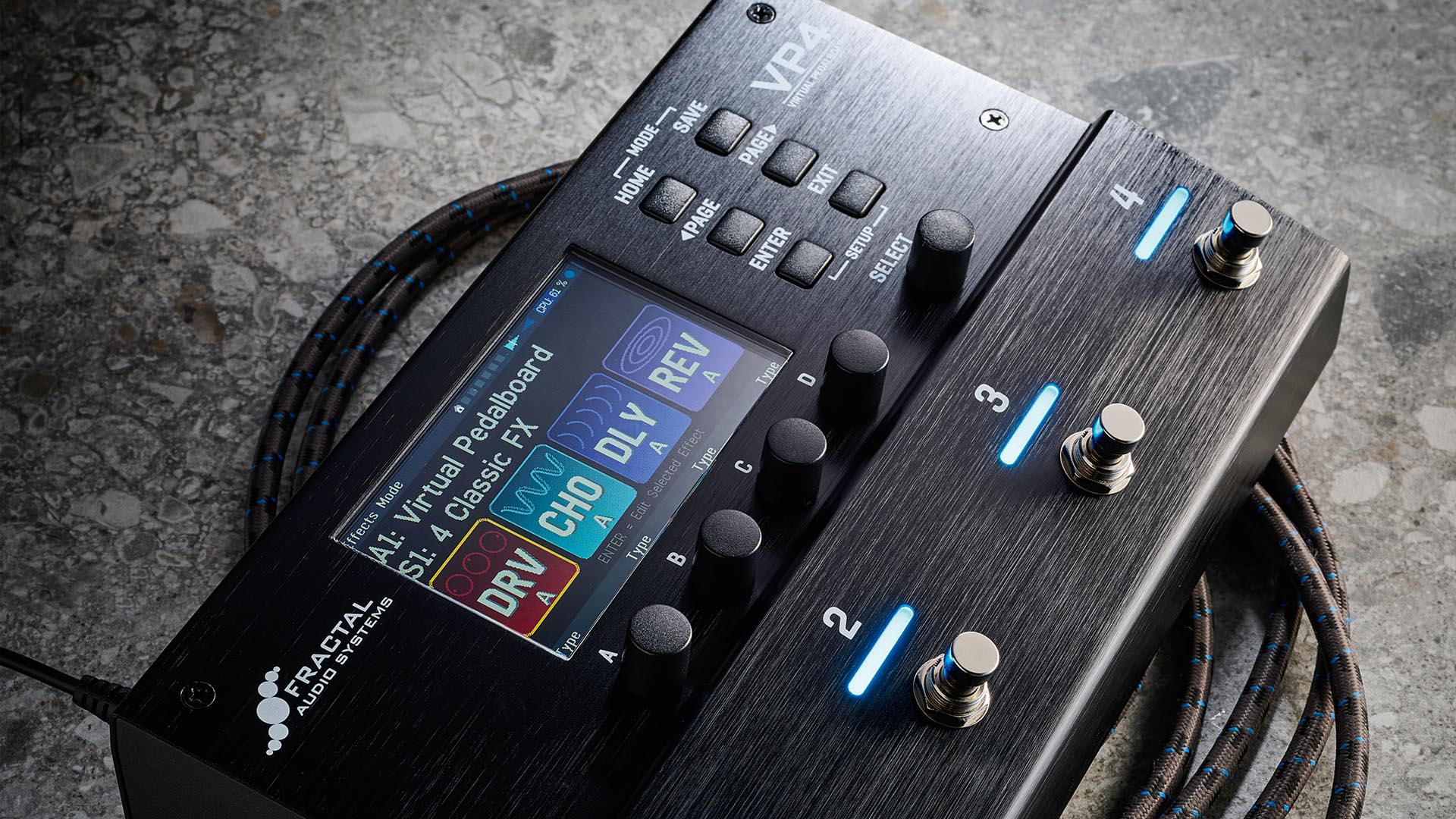
What is it?
The US brand Fractal Audio is known for its high-end modelling products, notably the Axe-Fx III, packed full of amps, cabs and effects, and its FM9 and FM3 floor processor spin-offs.
Besides those, the company has historically provided effects-only units as a solution for players who don’t need the amp and cab modelling.
Its FX8 eight-footswitch unit was most recently available in the MKII guise but has since been discontinued. And now the effects-only tradition continues with the much more compact VP4.
This four-footswitch ‘Virtual Pedalboard’ offers four simultaneous effects chosen from 400 onboard effects derived from the Axe-Fx III. Fractal says the VP4 is designed to work seamlessly with a traditional amplifier but also excels at providing pre- and/or post-effects with any modeller, so it could easily slot into your rig whatever your working methods.
Usability and sounds
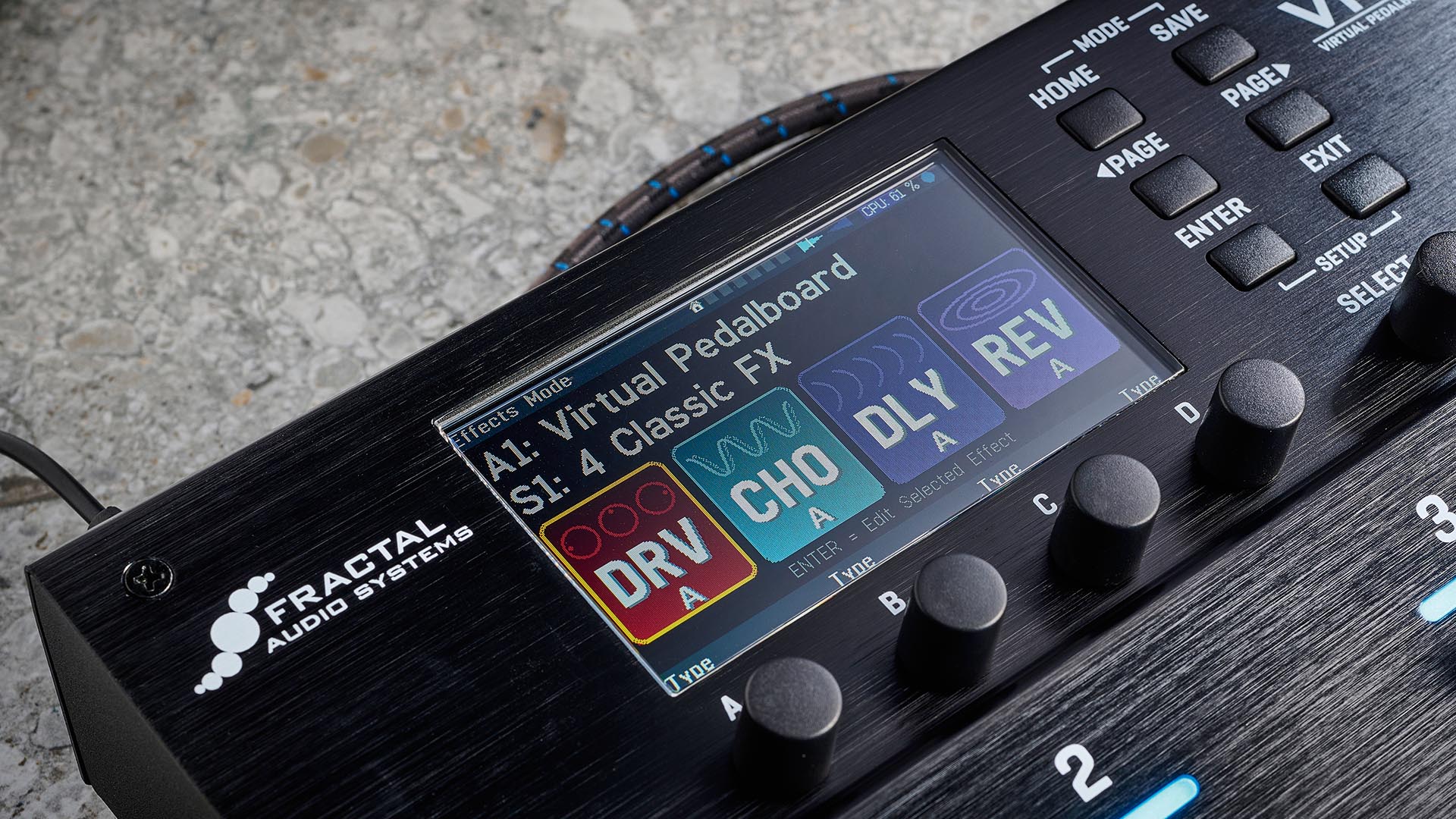
The VP4 has a large coloured display with lettering that’s easy to read from the floor while you’re standing. There’s plenty you can do with just the footswitches, so you might not even need to tweak any knobs once you’ve got it set up to your liking.
As with many other preset-based modelling units, getting it set up in advance is the key to using the VP4
As with many other preset-based modelling units, getting it set up in advance is the key to using the VP4. This is reasonably simple to do via the hands-on user interface, or by connecting it to your computer and taking advantage of the excellent VP4-Edit software, which lets you organise your presets and the effects in them. You can also take advantage of Fractal’s official Axe Change site to get hold of other user’s presets.
Connectivity is flexible. The pedal can be run in mono or stereo, and you can use the four-cable method to put effects in front of your amp and some in its effects loop. You can also use the VP4 as a 2×2 24-bit/48kHz audio interface, and there’s robust MIDI capability and provision to connect up to two expression pedals or switches for real-time control of effect settings.
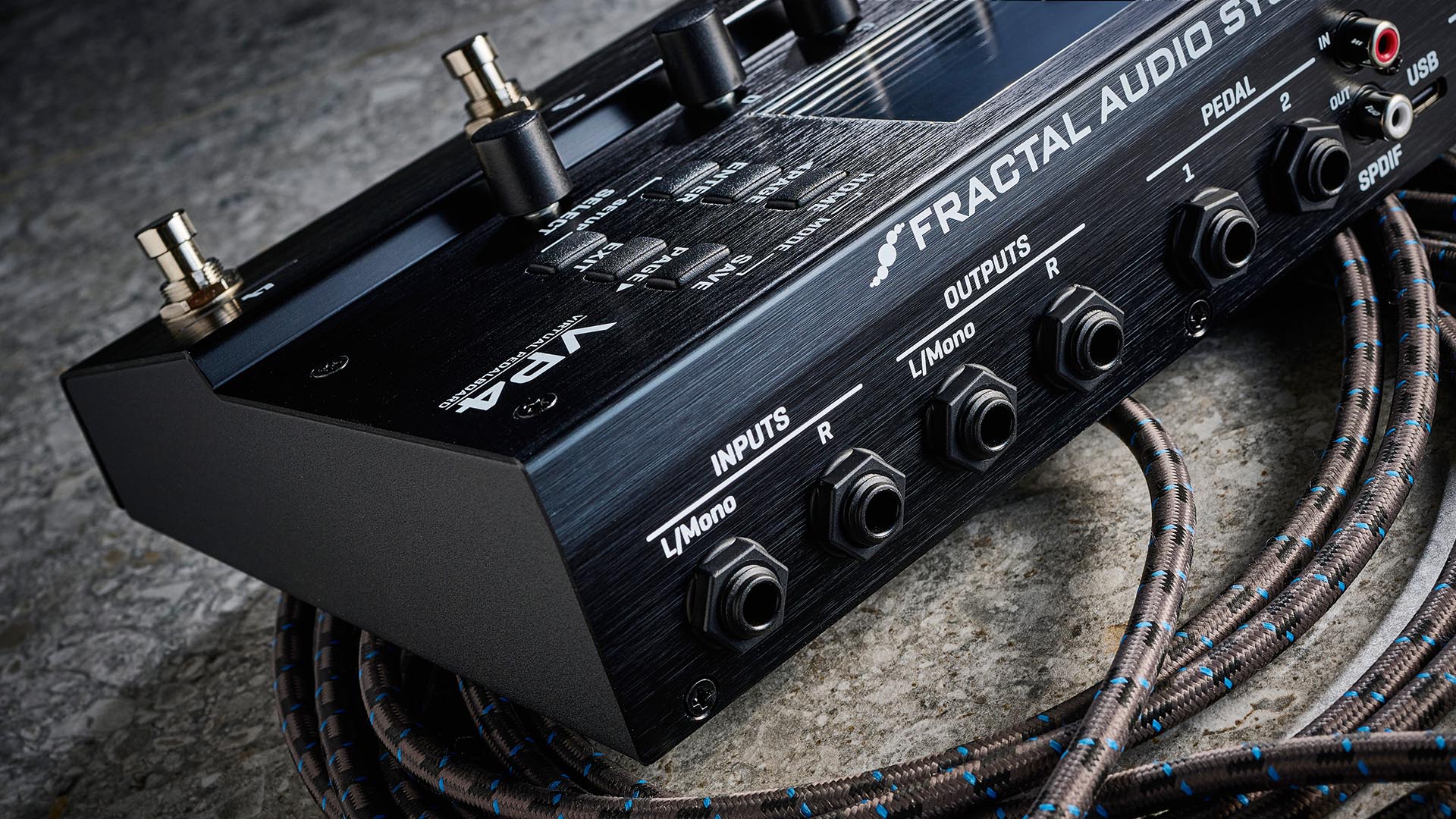
There are 104 presets onboard in 26 (A to Z) banks of four. Each preset can hold four effects, which you can choose from 24 different effects genres – ‘blocks’, in Fractal-speak.
Each block has a range of models (effects types). For example, the Drive block has 63 modelled pedals, while the Reverb block has 78 reverbs. There’s no restriction on which blocks you can have in a preset, so you can have four different ones such as a classic Drive, Modulation, Delay and Reverb setup, or four of the same if you fancy stacking up four drives. The only thing to watch out for is not to eat up all the CPU available, but the VP4 will warn you if that’s the case.
Each of the four effects actually has four channels (A, B, C and D) that, if you choose, you can either load with different models (for your drive effect, say, you could have a boost, overdrive, distortion and fuzz) or perhaps the same model with four different gain settings.

With your chosen effects loaded in a preset, you have several ways to use them by selecting one of the VP4’s Modes (Preset, Scene, Effects, Tuner). You can change modes by pressing footswitches 1 and 2 together and then making your selection via one of the other footswitches, each corresponding to a different mode shown above in the display.
Preset mode lets you gaplessly select the four presets in a bank with the footswitches, with bank changes available by a press-and-hold of footswitches 1 (bank down) or 4 (bank up). Meanwhile, Effect mode is the method most akin to using a conventional set of pedals, whereby the footswitches facilitate standard bypass for each of the four effects.
In this mode, you can also quickly change which channel of any effect you want to use by holding down that effect’s footswitch and selecting your choice. If you don’t want to switch between whole presets, but you need to turn on multiple pedals at once for specific combinations, then Scene mode is the place to be, offering combinations of effects under control of a single footswitch.
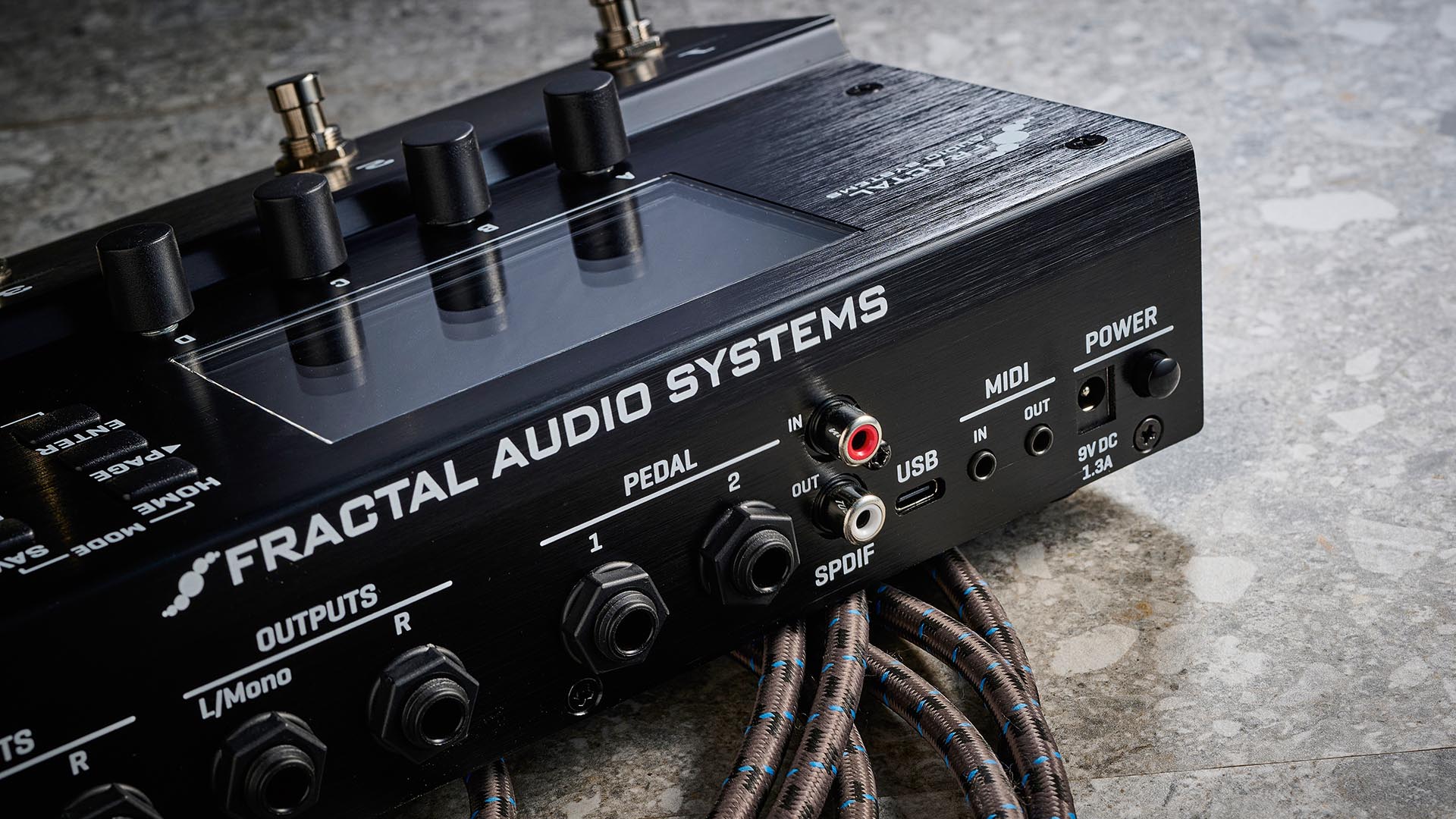
Each preset supports four different Scenes and you can store whether an effect is on or off and also its channel, so each Scene could have a different drive model or delay time, for example. Finally, the fourth mode, Tuner, calls up a really well-specified tuner, as expected, plus a tap tempo function.
There’s no need to start from scratch with the VP4 because all the preset banks from A to T are filled with very usefully dialled-in factory presets. However, it’s easy to build a preset and, needless to say, there are loads of parameters available for tweaking each effect to perfection should you wish to dive in.
There’s also more esoteric stuff such as the pitch effects that include harmonies, atmospheric detuning and a virtual capo so you can play 1st position cowboy chords in other keys
The unit is full of classy-sounding effects. The Drive models are accurate, eminently playable and cover all dirt flavours. If you prefer to stick with your own favourite hardware dirt pedals then everything else is here as the unit excels at modulation, delay and reverb effects.
There’s also more esoteric stuff such as the pitch effects that include harmonies, atmospheric detuning and a virtual capo so you can play 1st position cowboy chords in other keys. Delay is well sorted with 128 delay types in four different blocks – one just for multi-taps – and there’s lots of variation available in the Chorus, Flanger, Phaser, Rotary and Tremolo blocks.
Verdict
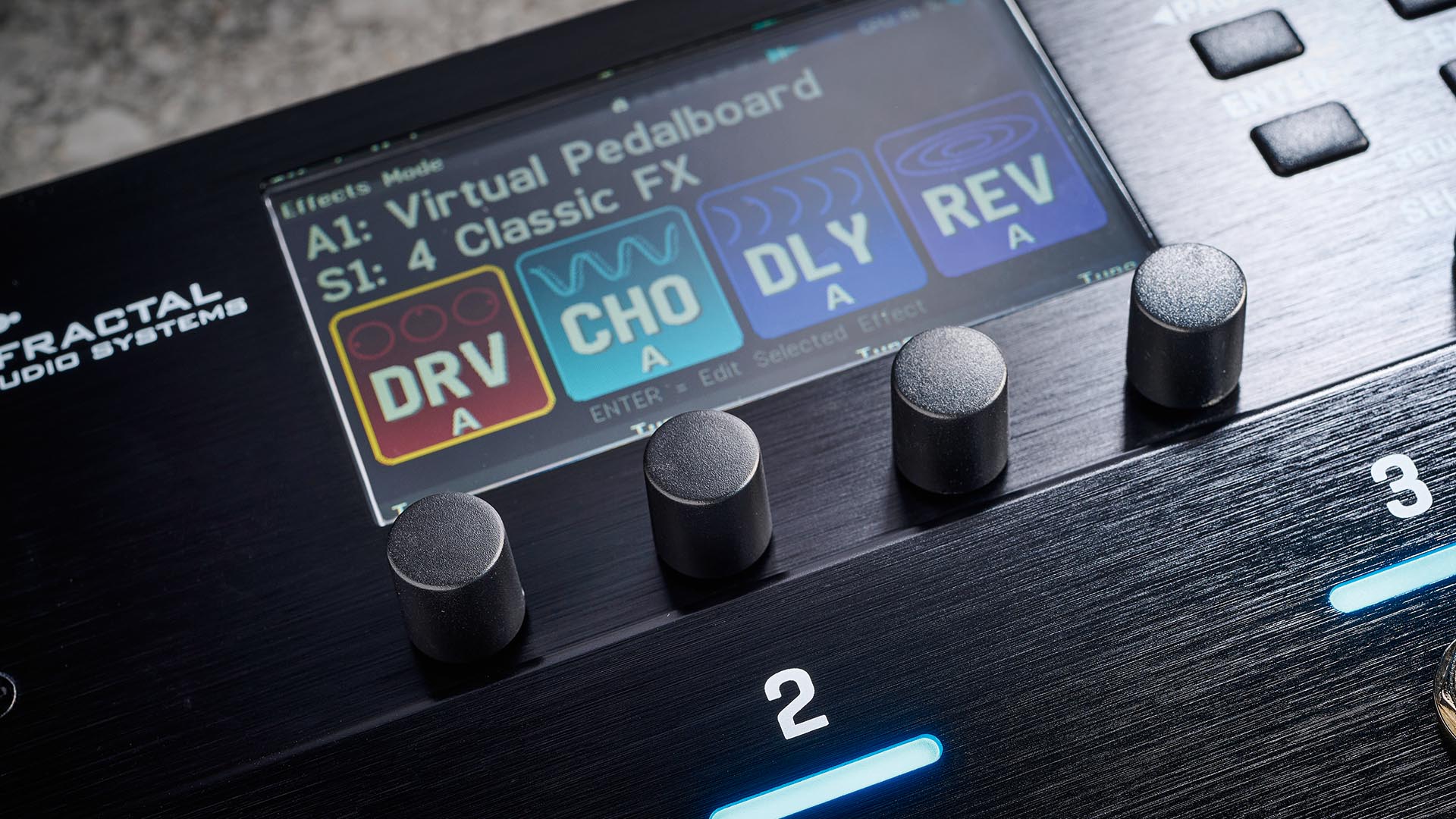
With its massive flexibility, the VP4 could be the sole pedalboard with your amp or amp modeller, or employed as a complement to your other pedals.
Some players may embrace tap dancing between presets, Scenes, effects and channels, while others may simply use a single favoured preset for a gig and just switch the individual effects in and out.
Quote text here
Guitar World verdict: The asking price represents a sizable outlay, but we think it’s justified, considering the sheer range of quality effects on offer, along with the practical options in how you use them, all wrapped up in a bulletproof, sensibly sized unit.
Specs
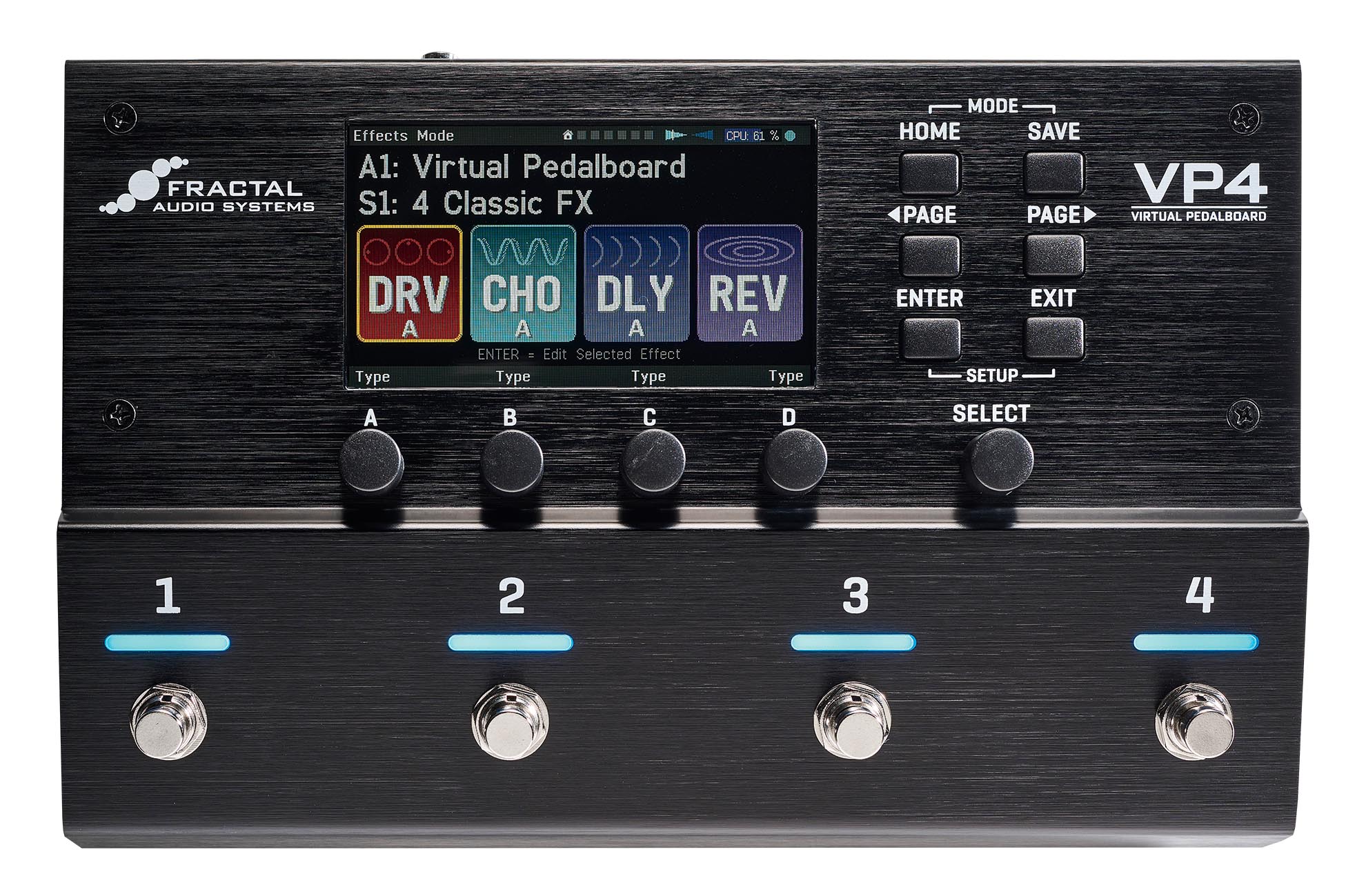
LAUNCH PRICE: $699/£700
ORIGIN: USA
TYPE: Multi-effects pedal
FEATURES: Buffered bypass, tuner, 104 presets, 400+ effects, tap tempo, noise gate and EQ on each preset
CONTROLS: Soft knobs (A, B, C, D), buttons x 6, Footswitches (1, 2, 3, 4)
CONNECTIONS: Standard inputs L (mono) & R, standard outputs L (mono) & R, Pedal 1 & 2, SPDIF In & Out, MIDI In & Out, USB
POWER: Supplied 9V DC adaptor 1300 mA
DIMENSIONS: 252 (w) x 162 (d) x 62mm (h)
CONTACT: Fractal Audio Systems







